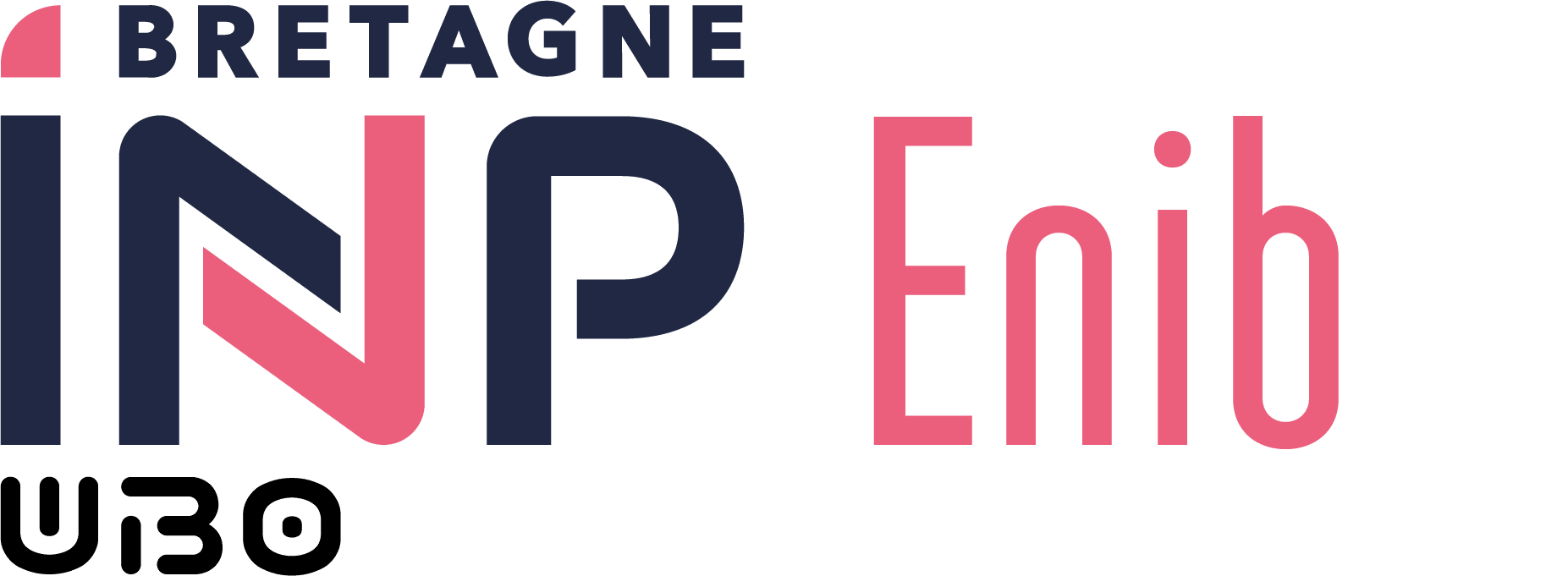Radio-Frequency based Communicating Systems (07_O-SCR)
- Coefficient : 6
- Hourly Volume: 150.0h (including 72.0h supervised)
- CTD : 48h supervised (and 9h unsupervised)
- Labo : 24h supervised (and 3h unsupervised)
- Out-of-schedule personal work : 66h
AATs Lists
Description
- Presentation and applications of radio frequencies
- Basic principles : - Propagation of electromagnetic waves and guided propagation - Line theory - Adaptation - S parameters
- Radio frequency simulations and measurements
- Methods for studying radiofrequency devices (analysis and synthesis)
- Introduction to planar radio frequency circuit design technologies
- Devices and systems: - Description of a reception chain - Study of the different functions used in radio frequency systems and associated topologies: Filters, amplifiers, power dividers, couplers
- Introduction to antennas
Learning Outcomes AAv (AAv)
AAv1 [heures: 30, B3, C1, C3] : At the end of the course/semester, the student will be able to characterize the operation of an active and/or passive radio frequency component or device through measurements carried out with a Vector Network Analyzer (VNA) or simulations with Keysight ADS software.
AAv2 [heures: 26, B3] : At the end of the course/semester, the student will be able to use the elementary notions of propagation on transmission lines (telegraphers' equation, characteristic impedance, propagation parameters, reflection coefficient, TOS ) as well as the tools (Smith chart, S parameters) classically used and will be able to electrically dimension adaptation systems with lines or localized elements for active and/or passive radio frequency systems.
AAv3 [heures: 15, B2, B3, C1] : At the end of the course/semester, students in the module know how to calculate the fields and the intensity of an electromagnetic wave propagating in an absorbing dielectric medium and in a conductive medium.
AAv4 [heures: 15, B2, B3, C1] : At the end of the course/semester, students know the characteristics of the propagation of an electromagnetic wave of microwave frequencies in a rectangular metal waveguide.
AAv5 [heures: 33, B2, B3] : At the end of the course/semester, the student will be able to finely analyze the behavior of widely used components (lines, power dividers, couplers, etc.) in microwave systems, dimension them electrically and/or physically in planar technologies (microstrip, triplicate), as well as precisely analyze the functions obtained by their association.
AAv6 [heures: 21, B2, B3, D1] : At the end of the course/semester, the student in pairs or threes will be able, based on precise specifications, to carry out a complete study of a component (electrical synthesis and physical dimensioning, simulation, assembly with a production kit, measurement and writing of a study report).
Assessment methods
Average of several assessments
Key Words
Electromagnetic waves, Guided propagation, Line theory, Adaptation, S parameters, Radio frequency simulations and measurements, Multipoles, Synthesis of radio frequency functions, Planar technologies.
Prerequisites
Electronics and electromagnetism program S1-S6
Resources
- Course handouts,
- P.F. Combes, Microondes, tome 2, Dunod.
- Hélier Marc ; Techniques micro-ondes - Structures de guidage, dispositifs passifs et tubes micro-ondes, Ellipses
